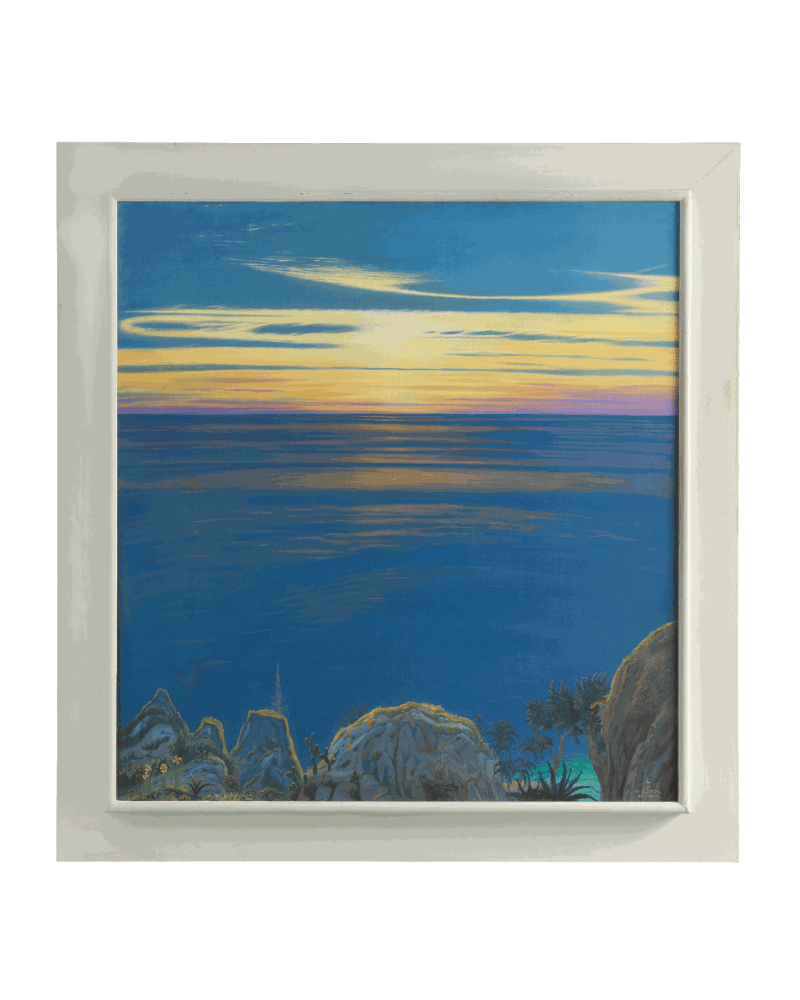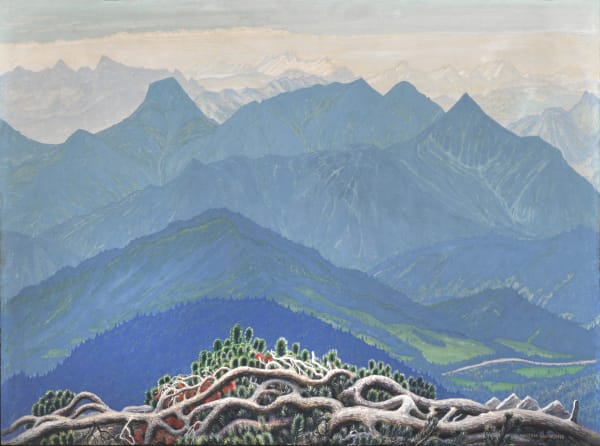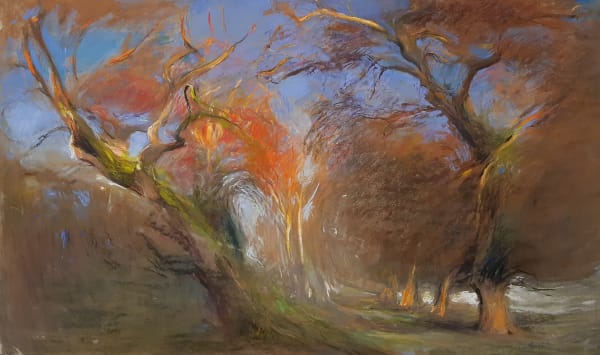Walther Gasch
Atlantis, 1927



On the verso:
Abendstimmung am Tyrrhenischen meer | Walther Gasch | Dresden A.16 | Mineralfarbe!!! | Nicht Firnissen!!! Nur mit rhnem wasser vollstandig überspülen und dānn trocknen lassen
[Evening Atmosphere on the Tyrrhenian Sea | Walther Gasch | Dresden A.16 | Mineral paint!! | Do not varnish!! Simply rinse it thoroughly with warm water and then allow it to dry]


![Guido MARUSSIG, L’albero morto e l’edera [The Dead Tree and Ivy] 1917](https://artlogic-res.cloudinary.com/w_600,c_limit,f_auto,fl_lossy,q_auto/ws-artlogicwebsite0395/usr/images/artworks/main_image/items/c7/c7d1d955135546f2b177ab3eea1da3ef/marussig-albero.jpg)
![MARUSSIG, Guido Alba di luna su l'Estuario [Moonrise on the Estuary] 1920](https://artlogic-res.cloudinary.com/w_600,c_limit,f_auto,fl_lossy,q_auto/ws-artlogicwebsite0395/usr/images/artworks/main_image/items/26/26a97e03ff86409baae185bf8e2dcce6/marussig-rosso.jpg)



Subscribe to our newsletter to receive all the news about exhibitions, fairs and new acquisitions!